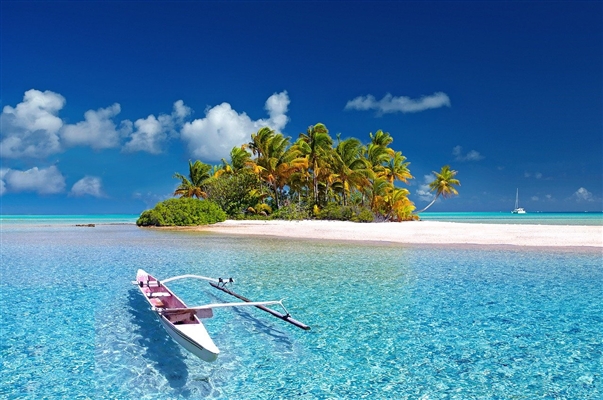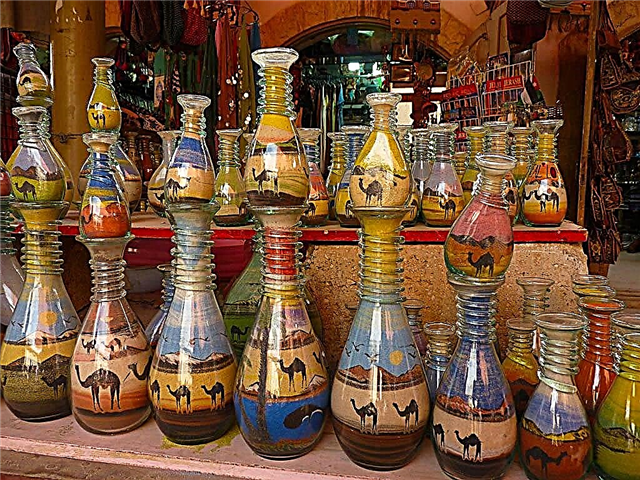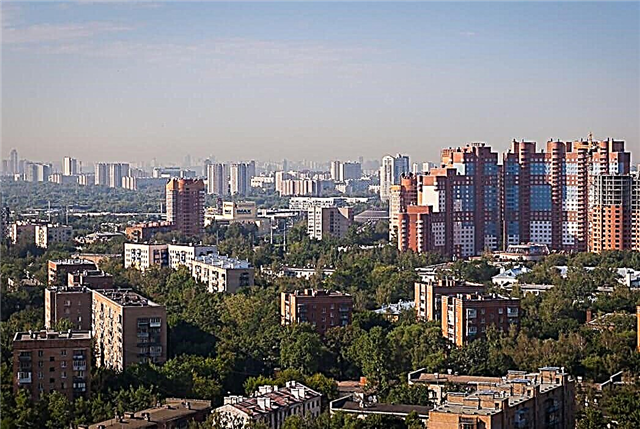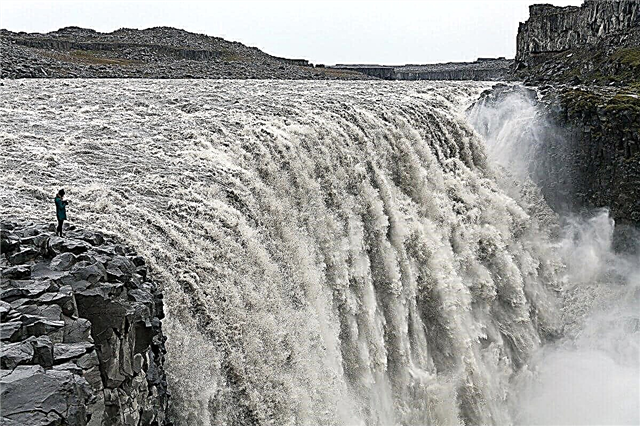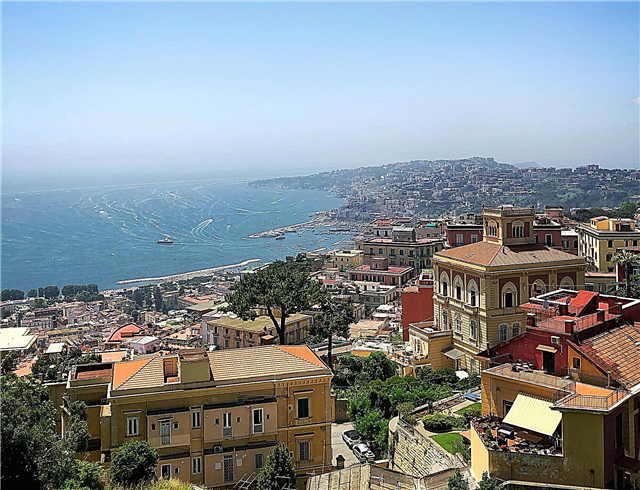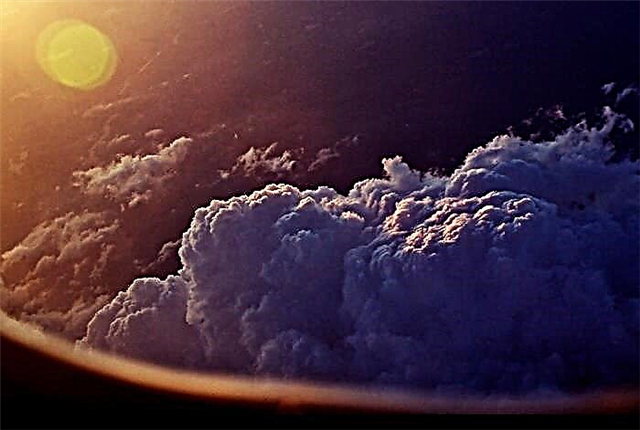The Republic of Moldova is a state in the south-east of Europe. Its area itself is modest, and more than 10% of the territory is outside the control of the authorities. Since the 90s of the last century, these lands have been part of the unrecognized country - Transnistria. The “frozen conflict” also affected the population size: some large cities “split off” from Moldova. The largest city in the republic is the capital Chisinau: it is home to almost 700 thousand people. The next largest is Balti with almost 150 thousand. And then there are settlements with 30 thousand inhabitants and less.
The largest cities in Moldova
List of the largest cities in terms of population in the country.
Kishinev
The capital of Moldova stands on seven hills. City blocks stretch along the banks of the Byk River. The area of the Mazarakiev Church is the historical center of Chisinau. And the modern center was formed around Stephen the Great Avenue. Not only restaurants and shops are concentrated here, but also iconic landmarks, including the Stephen III Monument, the Academy of Sciences, the Opera and Ballet Theater.
Population - 690,000 people (2018).

Balti
It stands at the confluence of the Reucel and Reut rivers in the north of the country. There are many monuments and memorial complexes in the city: Alley of Classics, Tank T-34, monuments to Mihai Eminescu, Stefan the Great, Boris Glavan. Other attractions: the Flacara Palace of Culture, the Selections Park, the Antiochus Cantemir Art Gallery, the Church of St. Nicholas, the Museum of History and Ethnography.
Population - 145 800 people (2016).

Ungheni
Center of the district of the same name in the west of Moldova. The customs city is the last frontier when crossing the border with Romania. The local railway bridge over the Prut River was renovated by engineer Gustave Eiffel. In 2012, the construction of a church in honor of the patroness of the country - the Gerbovets Icon of the Mother of God - began. In addition, the city has two large Orthodox churches - Alexander Nevsky and St. Nicholas.
Population - 30 800 people (2014).

Cahul
The resort town is divided by the Frumoasa River into northern and southern parts. The Cathedral in honor of the Archangels Michael and Gabriel was built in 1850. The local history museum contains artifacts of the Trypillian culture. The warm mineral spring made it possible to turn Cahul into a balneological resort. Most of the guests are received by the modern sanatorium "Nufarul Alb".
Population - 30,000 people (2014).

Magpies
The city is located in such a way that, standing at the Thanksgiving Candle monument, you can see the territory of Ukraine. The monument is located on a hill near the Bekirovsky Yar rock. There is also the Monk's Cave, which also attracts tourists. On the border between Ukraine and Moldova, there is a small pier for a cruising ferry. Street development is compact, most of the houses are one-story.
Population - 22 100 people (2014).

Orhei (Orhei)
From here to the capital is about 40 kilometers. Due to the hilly terrain and the bed of the Reut River, the district looks picturesque. On the territory of Orhei, there are several parks with a total area of 22 hectares. The local church of St. Demetrius is depicted on the 5 lei banknote. In the vicinity of the city, it is interesting to see the Kurkovsky Monastery, which is under the auspices of UNESCO, the Museum of Folk Crafts and the Orhei National Park.
Population - 21,000 people (2014).

Scared
There are two versions of the origin of the name: from the word "terrible", since the area was unsightly, and from the word "striha" - a type of houses with a long visor. Chisinau is located 23 kilometers from the city. The scares are adjacent to the artificial reservoir “Gidigichskoe Reservoir”, the area of which is about a thousand hectares. The county is covered with vineyards. Mainly cultivated varieties used for the production of white sparkling wines.
Population - 18 300 people (2014).

Ceadir-Lunga
Located in the Gagauz autonomy. On the site of the temple of the Kazan Mother of God Icon, destroyed in 1972, an exact copy of it was built. The local stud farm and hippodrome are the only ones in the country. The restored merchant house was equipped as a museum of local lore. In 1997, the Mikhail Chakir Gagauz National Theater opened, staging performances to this day.
Population - 16 600 people (2014).

Kaushany
Although Russian speakers often use the old name, the correct version is Causeni. The city stands on the banks of the Botna River. One of the traditional "wine" tourist routes runs through this area. The Assumption Church, built at the beginning of the 18th century, is famous for its interior paintings. Several monuments to Moldovan writers have been erected in Causeni, as well as monuments in honor of the heroes of the Second World War.
Population - 15 900 people (2014).

Edinet
This northern Moldovan city includes the villages of New Gordinesti and Aleksandreni. Edinet has been operating a local history museum for more than 40 years, and an art gallery has also been opened. The Old Believers Church of the Intercession of the Most Holy Theotokos operates. Before World War II, most of the population was Jewish. Now the population is predominantly Christian.
Population - 15,500 people (2014).

Drochia
The center of the region of the same name in the north of the country. The translation of the name from Moldavian is "bustard". The Cathedral of the Assumption of Our Lady attracts not only believers, but also tourists: its frescoes are unique and were painted by the artist from Romania Petre Akitenia. The main monuments are Stefan the Great and the poet Mihai Eminescu. Residents work in the production of sugar, butter and cheese.
Population - 13 100 people (2014).

Ialoveni
Stands on the Ishnovets River. Chisinau is only 12 kilometers away. Half of the formal area of Ialoveni is agricultural land. There are two Orthodox churches. One of the monuments in honor of the events of the Second World War was replaced by a stone with a plaque "In memory of the victims of the repressions of the communist regime." City Day is celebrated on October 27, which coincides with the Orthodox holiday of St. Parascovia Day.
Population - 12,500 people (2014).

Hincesti
Located on the coast of the Kogylnik River. Chisinau is about 35 kilometers away. Local historical and architectural beauties: Manuk Bey Palace and the Hunting Castle, turned into a museum. There are two iconic sights in the district: "Hincesti Forest" - the largest reserve in the country and "Serata Galbene" - the largest reserve of Moldova with medicinal herbs.
Population - 12 400 people (2014).
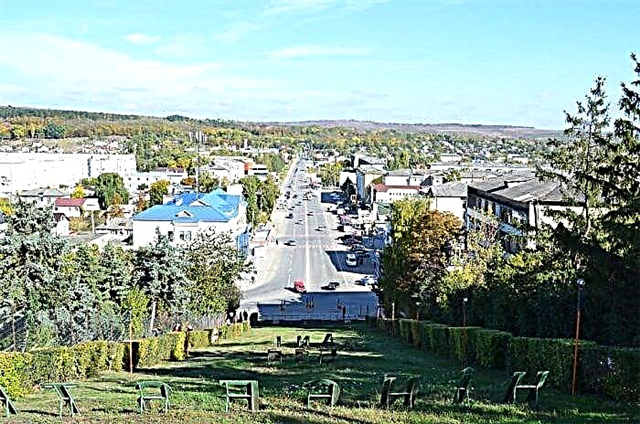
Singerei
Founded in the 16th century. City of the central part of the country. Includes the village of Vrenesti in its territorial composition. Until 1991, Singerei was called Lazovsk and was a settlement. Of the sights, the Ethnographic Museum deserves attention with its constantly updated exposition and temporary exhibitions. Farming and gardening remain the main occupations for residents.
Population - 12 400 people (2014).

Falesti
The name comes from the old Romanian word translated as "glory". Before joining the Russian Empire, these lands in the west of the country were owned by the boyar clan Balsh. Sightseeing: the monument to the poet Eminescu and the historical museum. Every year Falesti hosts a festival of ethnic groups, where special attention is paid to national winter and summer traditions.
Population - 12,000 people (2014).

Floreshty
Stands on the Reut River. The most popular monument in the city is the memorial plane. The main architectural attraction is the building of the railway station, erected in the last years of the nineteenth century. There is a holy spring near the bus station. Excavations were carried out near the city in the middle of the last century. Their result is the discovery of a Late Neolithic settlement.
Population - 11,900 people (2014).

Cimislia
The regional center in the south of the country. Most of the streets are located on three hills. The Kogylnik River flows through Cimislia.Among the monuments stand out: monuments in honor of the heroes and victims of World War II, as well as monuments to Mihai Eminescu and Stephen the Great. The old Jewish cemetery, which has become a landmark of the city, has been preserved. The local winery was for some time considered the largest in Europe in the past.
Population - 11,900 people (2014).

Rubber
It includes 3 villages in its territorial composition. The city stands on the right bank of the Dniester. Downstream there are waterfalls and cave monasteries. The cement plant both provides jobs for residents and worries them about excessive environmental pollution. The Rezina prison holds all Moldovan prisoners sentenced to life imprisonment.
Population - 11,000 people (2014).

Kalarash
Located 50 kilometers from the capital, it includes the village of Orikova in its territorial composition. For the first time the city was mentioned in the chronicles of the 15th century. Several large enterprises provide jobs for residents. Among them, the plant for the production of wine and cognac stands out. Kalarash is characterized by one-story buildings interspersed with green areas - parks and squares.
Population - 10 800 people (2014).

Anenii Noi
Another commonly used name is New Anenas. They include 6 villages in their territorial composition. The city stands at the junction of two major highways. The streets of Anenii Noi are decorated with several iconic monuments, including the bust of Emenisk and the monument in honor of Stefan cel Mare. In the district there are ancient burial mounds left over from nomadic tribes from the 2nd-4th centuries.
Population - 10 800 people (2014).

Nisporen
The center of the region of the same name to the west of the country. The letter on the demarcation of territories first mentions Nisporeni in 1618. In the past, there were two villages on this - Upper and Lower Nisporens - which were later combined into one. The city produces footwear, alcohol, mainly wine, and tourist souvenirs. There is an ethnographic museum. It contains, among other things, rarities found during excavations.
Population - 10,000 people (2014).

Riscani
Include the villages of Balanul Nou and Ramazan. The status of the city was awarded to the Riscani in 1994. The area has been growing tobacco for decades. Families of several prominent social and cultural figures have emerged from the area, including German President Horst Köhler and Brazilian theater critic Jaco Ginzburg. As in some other cities of the country, before the war, Jews lived here predominantly.
Population - 9,200 people (2014).

Glodyany
The village of Styrcha is included in the territorial composition of the city. The Glodeni received their current administrative status in the 90s of the last century. The economy is based on the cultivation and processing of agricultural products. Hikers will find a lot to explore when exploring the toltr, the limestone hills that cover the surrounding area. It is believed that they remained here after the drying up of two ancient seas.
Population - 8 600 people (2014).

Bessarabka
The village of Romanovka in 1957 was merged with the former German colony of Heinrichsdorf. This is how the city of Bessarabka, located on the border with Ukraine, turned out. Sightseeing: the Church of St. Nicholas the Wonderworker, the building of the city government, the Mound of Friendship, the railway bridge, the source of living water. In addition to the House of Culture and the House of Creativity, the Phoenix Youth Center has been opened.
Population - 8 400 people (2014).

Leova
Located on the right bank of the Prut River. The first mention of the settlement dates back to the 15th century. Trade played a large part in the formation and development of the city. The inhabitants are engaged in the production of cheese, butter and wine. In the past, the district was inhabited by Jews, during the Second World War they either fled or were exterminated, so the ethnic composition of Leova has changed significantly over the past 100 years.
Population - 7 400 people (2014).



